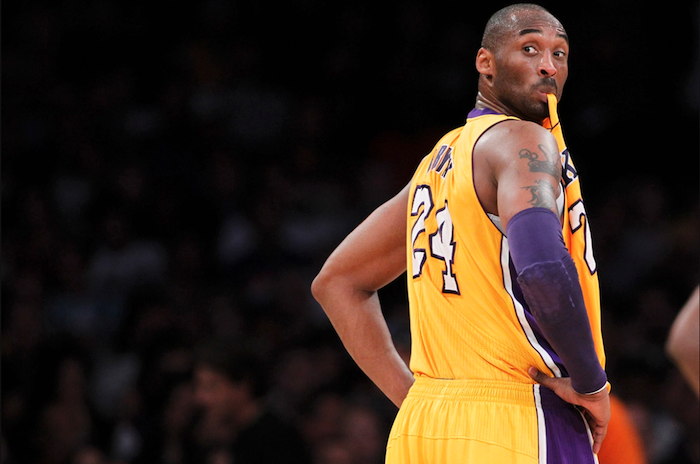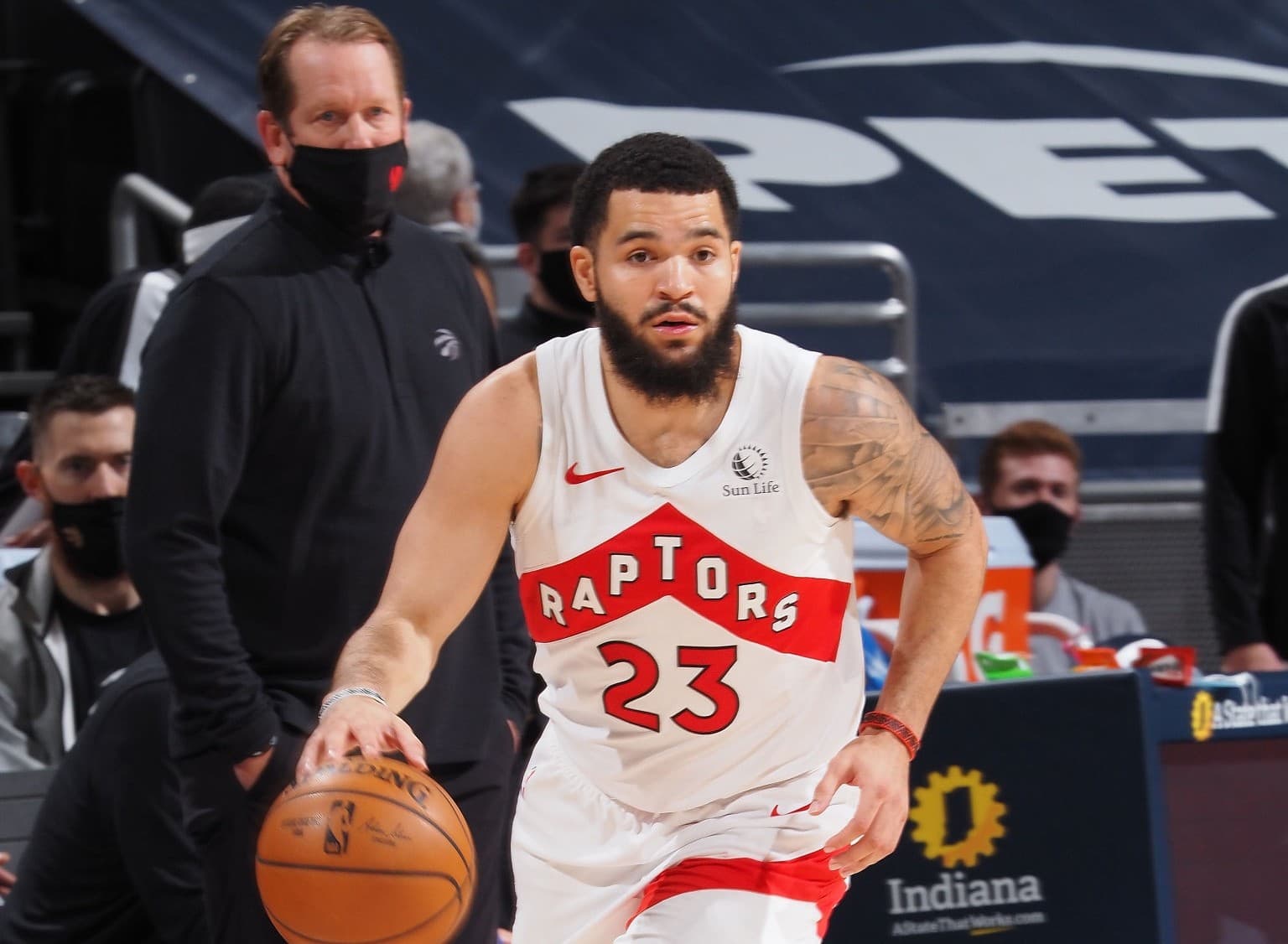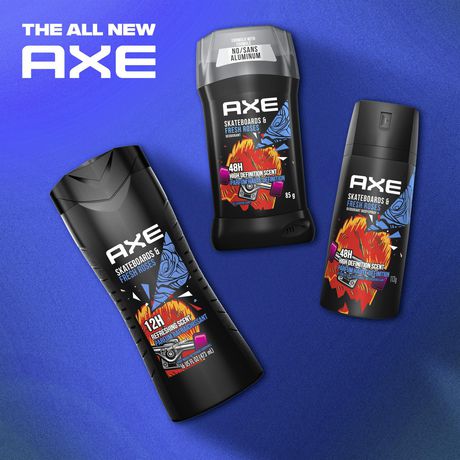Stanley Johnson emerges in new role in Raptors rotation – The Athletic
Why that is the case is fairly straightforward given how basketball has generally viewed player development cycles, and because the G League is in its relative infancy as a full-fledged system compared to other sports. If a player flames out in the NBA but has name recognition, there could be significant offers waiting overseas that are more attractive than fighting for a roster spot with no guarantee in the NBA. Most young players are also just given a lot of developmental runway in those first four years, to where a player like Johnson still being “young” in the summer of 2019 (23 years old) had well over 6,000 minutes of NBA time and more than 1,000 more at a major college program. If he hadn’t shown growth yet, that was telling.
The idea of a redraft player (or post-hype sleeper, if you prefer) is more straightforward in other sports, where there are more roles to potentially fill and a more interconnected minor league system. If an NHL player flames out as a top pick and doesn’t deliver on top-line promise, there should be enough talent there to play a third-line or specialist role, with an opportunity for an AHL stint to continue that process. Baseball, which has a much lower hit rate for prospects, offers even more paths to usefulness, to where even a top draft pick might only carry a future value grade of “average major league regular.” An all-hit, no-field prospect can move down the defensive spectrum or into a platoon or specialist role, a failed starter can move to the bullpen and every team in the league needs steady depth at Triple-A. Basketball roles are distributed in a much more top-heavy way, with only limited G League viability and team control for veterans up against the lure of international deals.
The Raptors laid a somewhat uncommon challenge at Johnson’s feet: Can you take all of the talent that made you a lottery pick and allowed you to score in bursts at times and focus it on a narrower role? That challenge is more mental than physical. Johnson already had the body type to defend multiple positions, the playmaking to work functionally in an offence and the speed to get out in transition. What he’d lacked to that point was an ability to match skill to role, often making poor decisions on offence and being charitably described as inconsistent on defence.
The Raptors not only took the flier on Johnson, they attached a pricey second-year player option that Johnson. The two-year runway for the experiment was necessary; Johnson struggled early in the season, suffered a groin injury and only played 150 minutes all season, more than a third of which came in the bubble. It was in the bubble where, for the first time, it looked like a year in the system and a shift in mindset might actually pay off.
“The issue is that at times, Johnson doesn’t seem to recognize that he’s a part of that end-of-bench group when given minutes up a rung in the rotation. He used 23.1 percent of possessions when he was on the floor this year — the same rate as Lowry, as a comparison — with a gargantuan 18.5 percent turnover rate. All the talent in the world doesn’t mean much on a winning team if a player can’t find his fit within the team construct.”
OG Anunoby and Stanley Johnson have become Toronto’s Bash Brothers – Raptors HQ
In OG Anunoby and Stanley Johnson, the Toronto Raptors have discovered their own set of Bash Brothers. With Johnson’s uptick in playing time, he and Anunoby have carved out an identity as defensive menaces. Their opponents hate coming down the floor and seeing one of them. If they see both, they better buckle up, because they’re about to enter the pit of misery. Anunoby and Johnson pick their teeth with the bones offensive players.
Many teams, including the Raptors, have had quality defensive duos in the past, but it is Anunoby and Johnson’s distinct similarities and physicality that earn them the title of the Bash Brothers.
They both stand 6’7”, with rock-solid frames, bodies that look like they’d provide the cushion of an oak tree if you were to collide with them. They look more powerful than the typically lean NBA star, which comes from the fact that they are, as Johnson put it when referring to himself, “not light in the butt.” Their jersey numbers, 3 for Anunoby and 5 for Johnson, can look awfully similar on a TV screen. Combine that with their near-identical hairstyles, and you would be excused for mixing them up for the odd moment as you take in a Raptors game. Johnson himself noted that “everybody always says I look like OG.”
Picture it from the perspective of an opponent: You’re guarded by OG, he hounds you as you go up the floor. He’s big, so you think speed is your advantage. You turn on the jets and make a sharp cut, but it’s no use. His 7’2” wingspan provides more than enough margin for error for his unnaturally quick feet to recover, and then “BOOM!” He matches his chest to yours, and you collide. You recoil, feeling the reverberations of the contact through your body. You turn back to OG, hoping he is similarly shaken. Nope. His remains in complete control of his body, his expression unaltered and stoic.
At last, relief! Your teammate is coming to set a screen, and you may finally shake Anunoby. He gets caught on the pick, it worked! Out from behind the collision, however, jumps OG again, just as fast and powerful, and with renewed vigour. But it isn’t Anunoby, it’s Stanley Johnson! Thus, the painful cycle begins again, only with a different face doling out the punishment.
They have their fingerprints on so many positive defensive sequences for the Raptors, and you can see that their opponents feel their presence on each possession. Watch Goran Dragic, a heady player, get overwhelmed by the Bash Brothers here:
Raptors are discovering there are no shortcuts to the top of the standings | The Star
For most of the last couple of weeks, during which the Raptors have turned around an atrocious start to the season, that’s what they’ve done. A disastrous performance one night against Miami was an outlier; in piling up five wins in a seven-game stretch, the Raptors have worked hard, played hard, done the hard stuff that wins games.
They’ve taken the extra quick step on defence, made the extra pass that turns a good shot into a great one, and played more like a playoff team than the group that stumbled to a 2-8 start.
But it is a constant battle, one the Raptors must be mindful of each time they step on the court because if they don’t fight it, if they give in to easy route, they will likely lose. They are not dominant enough athletically to make up for not playing smart and hard, the competition is too good to survive less than maximum effort and the reminders come constantly.
They came Monday in Indiana when the Raptors didn’t play poorly, the just played lazily for too long in a 129-114 defeat.
“I don’t know if it’s an effort thing in the sense that if you shoot a bad shot, you’re not trying,” guard Fred VanVleet said. “I think it’s just more so … that’s the shortcut route, that’s the easy route. Like, swinging it and playing next action three, four, five times is harder to do, it takes a lot of energy, it takes a lot of focus and fortitude to do that.
“So, yeah, coming up and shooting a pull-up three might be easy. And if you make it, it’s a big shot and a big three, but when you miss a few of those in a row it just puts you on your heels and kind of takes the flow out of the game.”
No one is suggesting the Raptors need to be perfect every night. But if they have learned one thing in this eventful season, it’s that consistent mental acuity will always give them a chance to win. And as the Raptors try to claw back into the upper echelon of the Eastern Conference, learning from the first 17 games of the season will be vital.
The recipe for offensive success within the Raptors roster is as easy as counting the number of times the ball switches hands and switches sides.
Ball movement forces a defence to move which creates openings.
It sounds very simple, but in the heat of the game quite often the ball movement falters, and the ball starts to stick.
Monday night against the Pacers the Raptors had periods of great ball movement, but they were all undone by a succession of possessions where a few individual players decided what they had early on in the possession was a good look and they took it.
That offensive mistake — honestly, it’s only a mistake if the ball doesn’t find the bottom of the hoop, which it didn’t — led to a defensive mistake as the Raptors were slow to get back on defence leaving the Pacers with great chances at the other end.
“I think we had too many in a row — pull-up three, pull-up three, pull-up three, pull-up three, and the game changed,” Fred VanVleet said. “For stretches there we just didn’t execute well enough to give our defence a chance, and we already weren’t playing that well defensively so that certainly didn’t help our chances.”
This not to say that no Raptor should ever attempt a pull-up three just seconds into the shot clock but being aware of how frequent these shots are attempted is pivotal.
“It’s just we have an aggressively free-flowing offence and kind of an equal opportunity thing,” VanVleet said of Toronto’s approach to offence. “And so, if a guy is dribbling it up and he feels like he’s got a look he takes it, and if you make it it’s a great shot and if you miss it it’s terrible. But, like I said, I don’t think we can survive three or four or five of those in a row. One maybe and then after that it’s like, ‘All right we’ve gotta get another good shot, especially with the way the game is going.’”
Poor shot selection isn’t a regular occurrence with the Raptors, but when it does happen, pulling out a win becomes infinitely more difficult.
WOLSTAT: As Raptors hit quarter mark of season, we still don’t know much about them | Toronto Sun
Most importantly, this team just needs to get healthy. Pascal Siakam and Kyle Lowry can’t be hobbled if this team is going to go anywhere. As important as Fred VanVleet and OG Anunoby are, Siakam and Lowry are the all-stars and the keys.
Lowry’s clearly not himself. He’s dealing with a toe injury that seems to be hampering his play a bit, but there’s also the personal issue that kept him away recently and even his start to the year was strange as he was also absent early on. Obviously as Lowry goes, so go the Raptors, like every other year, so they need him to return to his usual level.
One thing that’s caught my eye is the low assist numbers so far this year for one of the NBA’s premier play-makers. Even with scoring and shooting numbers way up, Lowry’s averaging just 6.6 assists per game, his lowest since 2015-16. His assist percentage is his lowest since he was a 23-year-old in Houston and his turnover percentage is up.
Lowry only handed out one assist against the Pacers on Monday, just the third time over the last six seasons he’s had one or less in a game where he played at least 15 minutes. He also only had two assists a few weeks ago against Portland, which had been his fewest in a game since he did it twice last season.
Oddly, despite Lowry’s slippage as an assist man, Toronto is still sixth in the NBA in assist percentage. That speaks to the work of Siakam and VanVleet, in particular, as play-makers, as well as improvements from Anunoby (and some crafty work from Stanley Johnson, who continues to impress, along with a recent surge from Norman Powell
Send me any Raptors-related stuff: rapsfan@raptorsrepublic.com



